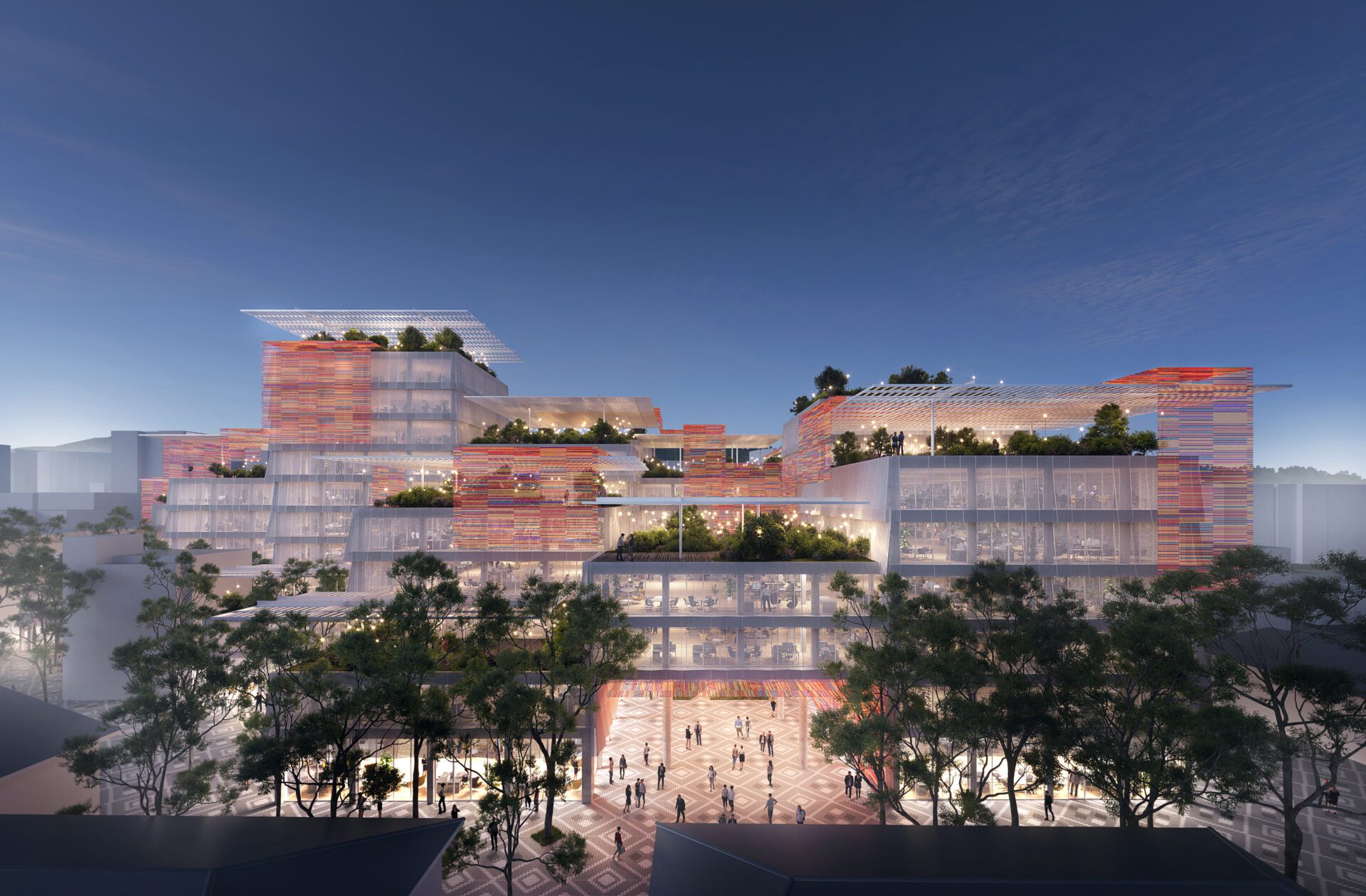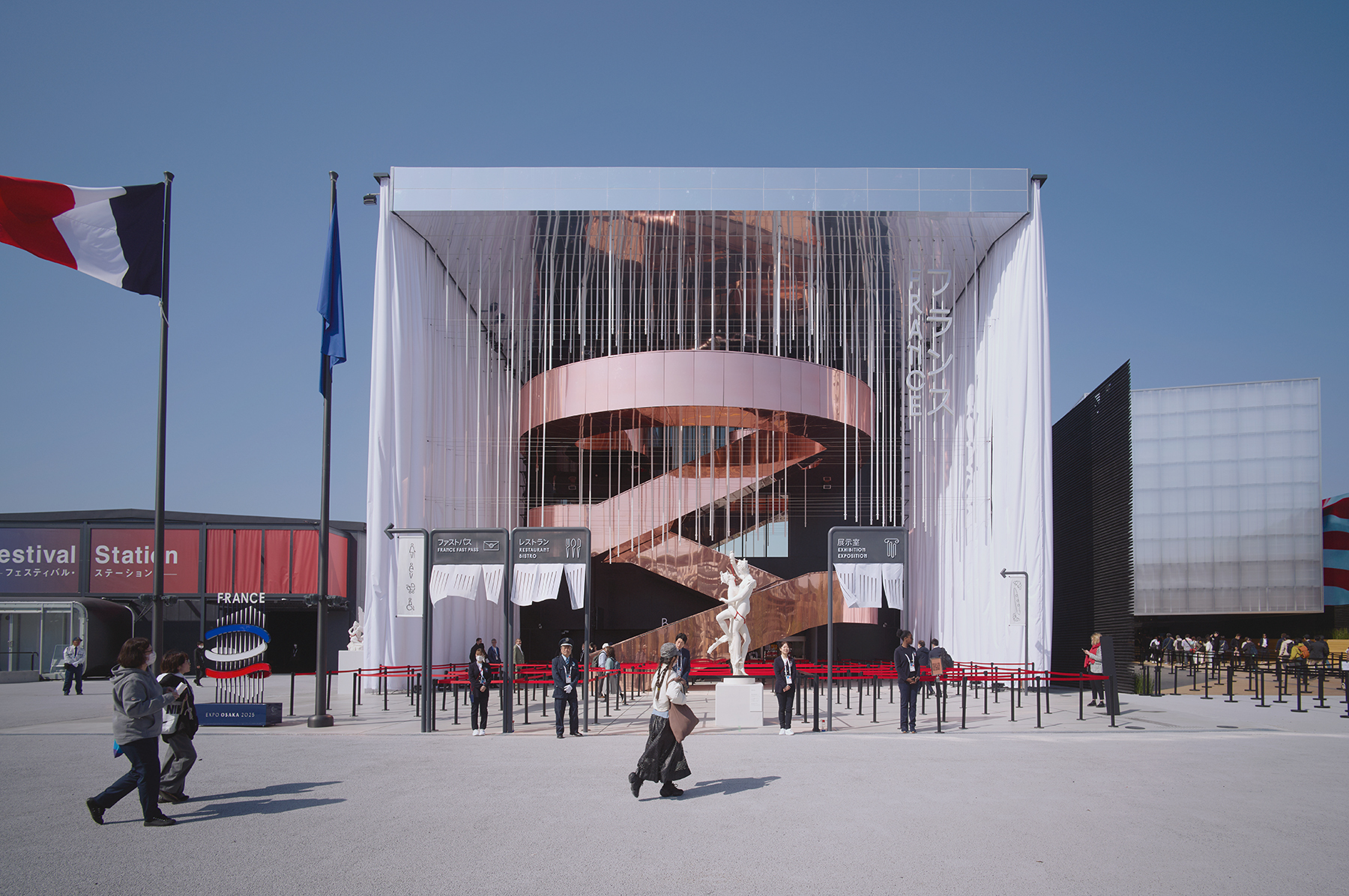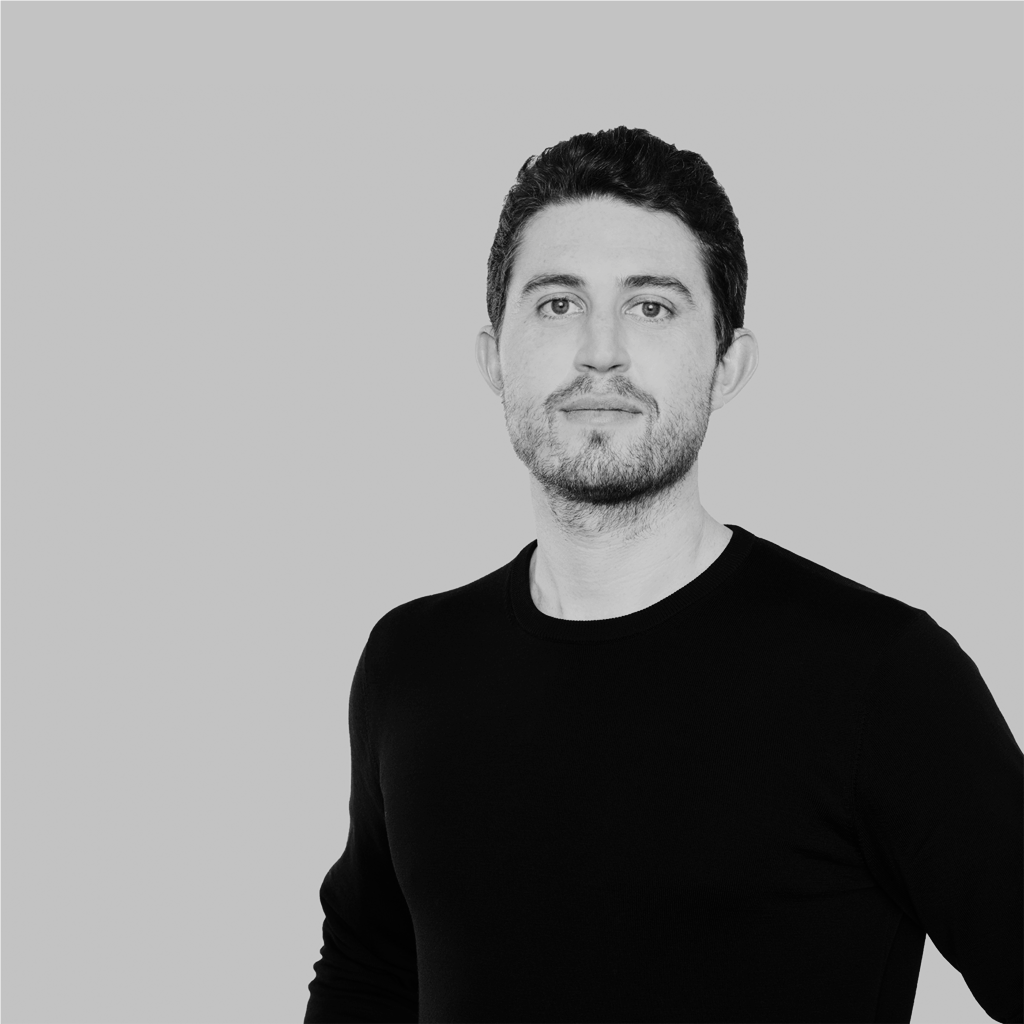Biography
ABOUT
Zoltán Neville is an Architect and Urban designer, working on innovative cultural, social, and ecological projects around the world.
As a Partner at Coldefy, he’s responsible for the Design and Management of International Projects. Since joining the leadership team in 2016, Zoltan helped establish the practice’s Shanghai studio and international portfolio, initiating and leading some of the firm’s most notable and innovative projects, including the Bao’an Art Center, a 90,000sqm cultural project which broke ground in 2019, the Pulse National Memorial and Museum in Orlando, Florida, and the European Parliament building in Brussels.
Outside of professional practice he participates regularly in Academic and Research activities, and since 2021 holds a position within the Architecture Institute of the Moholy-Nagy University of Art and Design in Budapest, Hungary.
AWARDS
- ArchDaily Building of the Year Award 2025 AIA Continental Europe Award, 2024 – International Architecture Award, 2021 – European Prize for Architecture, 2021 – ArchDaily Building of the Year, 2020 – Mipim AR Future Project Award, 2019
SHORT DESCRIPTION OF THE OFFICE
Coldefy is an international architecture and urbanism practice that has offices settled in Lille, Paris and Shanghai. With completed and ongoing projects around the world, the practice engages in private and public projects at all scales.
AWARDS OF THE STUDIO
- ArchDaily Building of the Year Award 2025 – AIA Continental Europe Award, 2024 – International Architecture Award, 2021 – European Prize for Architecture, 2021 – ArchDaily Building of the Year, 2020 – Mipim AR Future Project Award, 2019
PROJECTS TO BE PRESENTED DURING THE EVENT
Project #1: Tirana Public Administration Hub

Project #2: French Pavilion, World Expo – Osaka 2025

The France Pavilion is designed as a ‘theatre of life’ that invites visitors into a fluid sequence of spaces, echoing daily rhythms. Drawing on the Japanese legend of Akai Ito, it reclaims physical space as a site of connection in an era of digital estrangement. Its shifting 17-meter-high curtain-like façades respond to light and wind, creating an ever-changing presence. Visitors follow a looping path through exhibition areas and a quiet garden, mirroring life’s cycles. Prefabricated, modular elements and a circular design approach ensure future reuse and minimal environmental impact. The Pavilion’s dynamic form blurs boundaries between inside and out, fostering a welcoming and open atmosphere. More than a static monument, it’s a living stage for dialogue, celebrating French savoir-faire while exploring love, movement, and adaptability. A true invitation to pause, reflect, and imagine better futures.
